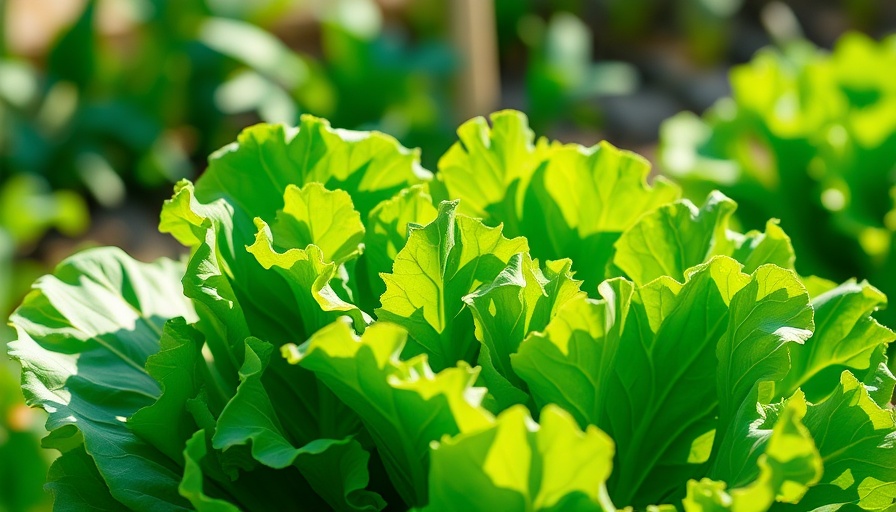
Why Buttercrunch Lettuce Deserves a Place in Your Garden
If you're looking to elevate your homegrown salad game, buttercrunch lettuce (Lactuca sativa ‘Buttercrunch’) may be the answer. Unlike its more common counterparts like ‘Iceberg,’ which can often be bland and overly crunchy, buttercrunch offers a softer, more velvety texture that pairs perfectly with sandwiches, wraps, and salads. The mild flavor is a refreshing alternative, appealing to those seeking a less bitter leafy green.
Optimal Conditions for Growing Buttercrunch Lettuce
One of the standout features of buttercrunch lettuce is its adaptability. This variety performs remarkably well in a variety of climates, including warmer regions where other lettuces tend to bolt prematurely. For most gardeners, buttercrunch can be successfully sown in early spring and fall, and can even endure milder winters with some protection.
Understanding the optimal conditions for growing this delicious green can also make it a more rewarding experience. Buttercrunch lettuce thrives in well-draining soil with good organic content, a slightly acidic to neutral pH (around 6.0-7.0), and enjoys full sun to partial shade, keeping it cool during the hotter months.
Best Practices for Planting Buttercrunch
When planting buttercrunch, it's recommended to space the seeds 10-18 inches apart and to plant at a depth of 1/8 inch. This spacing allows for substantial airflow around the plants as they grow, minimizing the risk of pests such as aphids or flea beetles. You can sow seeds directly into the soil or start them indoors and transplant them once they're established.
Common Pests and How to Manage Them
While buttercrunch lettuce is generally more pest-resistant than some other varieties, maintaining vigilance is key. Some common pests include aphids, slugs, and caterpillars. Using natural pest deterrents, such as neem oil or introducing beneficial insects like ladybugs, is an eco-friendly solution that keeps your garden healthy and thriving. Utilizing barriers, like netting, can effectively prevent larger pests from reaching your prized greens.
Harvesting Buttercrunch: The Right Time
One of the unique qualities of buttercrunch lettuce is its ability to be harvested continuously. Unlike crisphead types that require harvesting the entire head, buttercrunch can be selectively picked. Harvest the outer leaves at any time after they reach about 6 inches high. This method promotes bushier growth and allows for multiple harvests throughout the growing season.
Where to Find Quality Seeds and Best Fertilizers
Quality matters when sourcing your buttercrunch seeds. Many local nurseries, as well as online gardening supply stores offer reputable organic seed options. For optimal growth, supplementing with the right fertilizers can foster a robust yield. Look for fertilizers high in nitrogen and potassium, which support green leafy growth, or opt for a balanced organic fertilizer to encourage healthy root development.
Community and Sustainability: The Benefits of Home Gardening
Cultivating your own buttercrunch lettuce connects you not only to nature but also to the community. As you grow your greens, you become more aware of your food sources and can promote healthier eating habits in your household. Engaging with neighbors in gardening projects or swapping produce can strengthen bonds in your community.
Home gardening plays a crucial role in fostering a sustainable lifestyle. Each time you grow a vegetable, like buttercrunch lettuce, you're reducing carbon footprints associated with agricultural transportation and processing. This meaningful impact contributes positively to environmental conservation and your personal well-being.
With the knowledge you've gained about buttercrunch lettuce, it's time to roll up your sleeves and embrace the beauty of home gardening. Consider starting a small crop today, whether in your backyard, garden bed, or patio container. The delicious, home-grown rewards await you!
 Add Row
Add Row  Add
Add 




 Add Row
Add Row  Add
Add 

Write A Comment